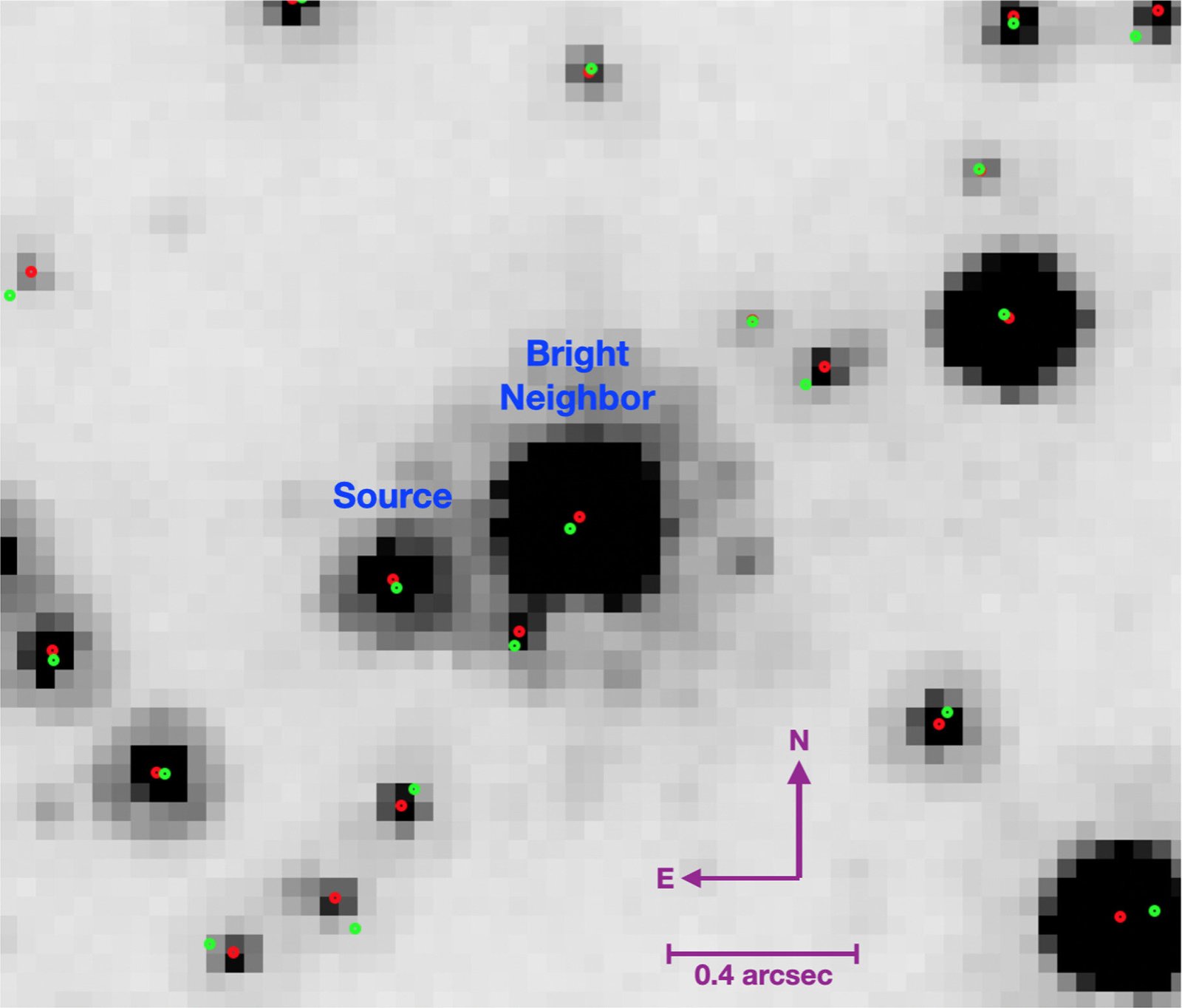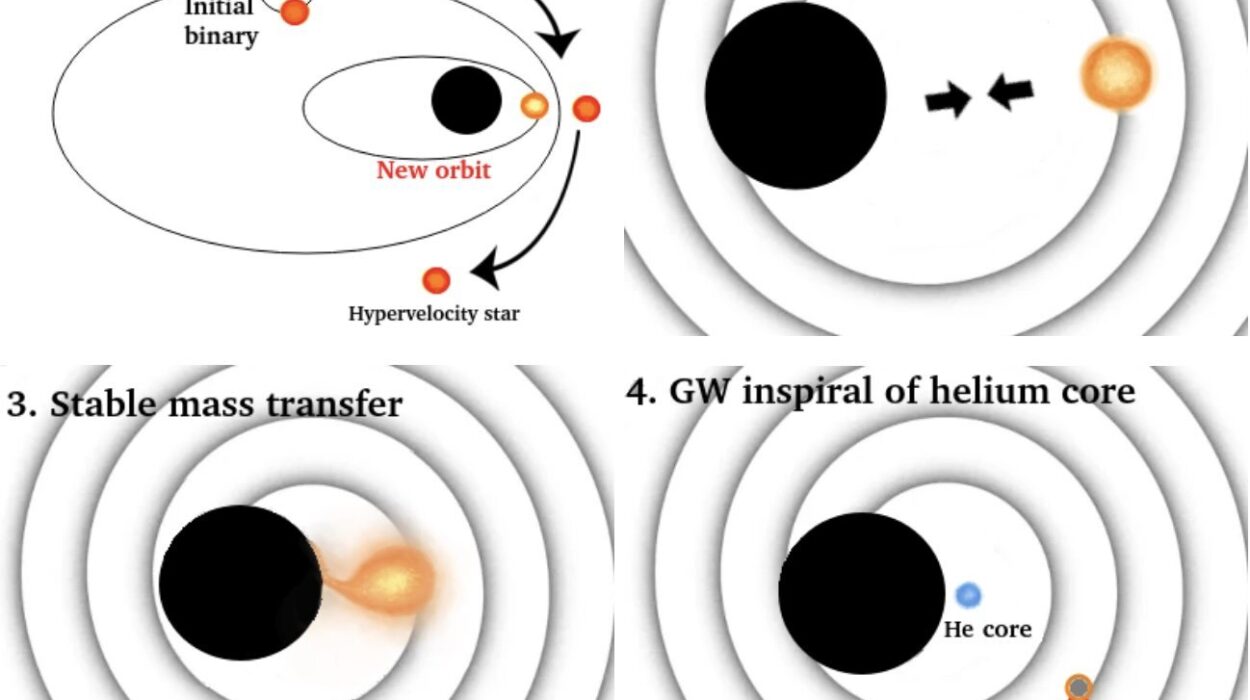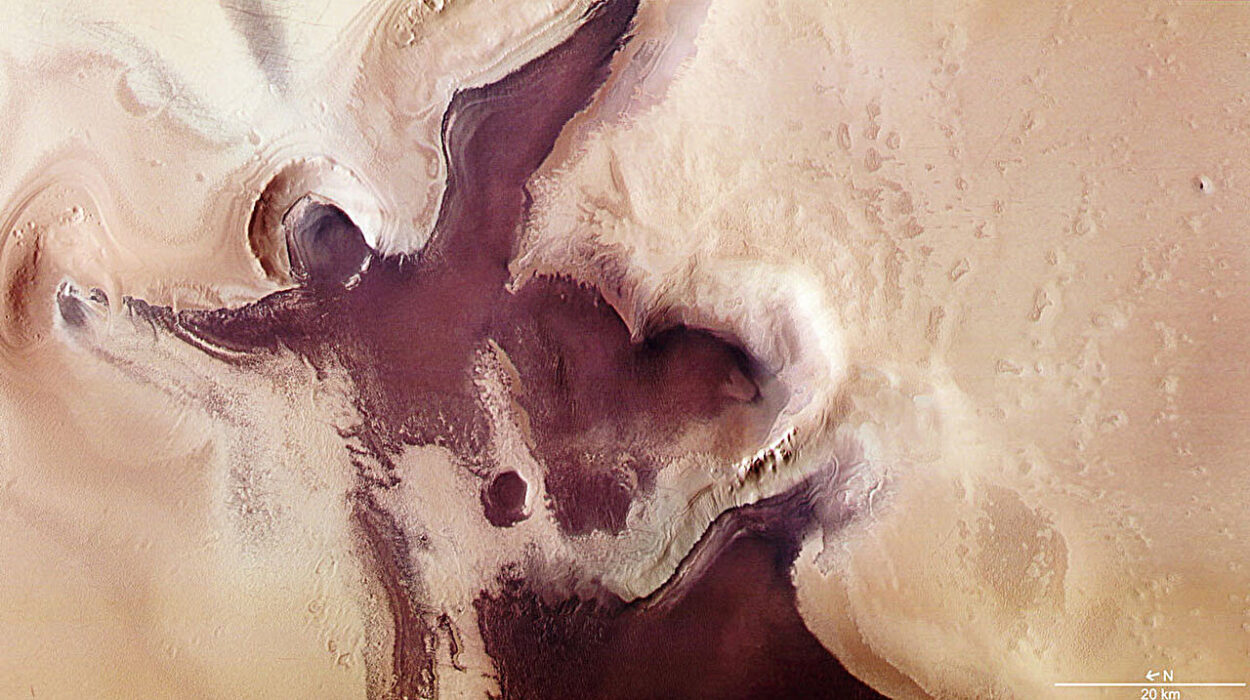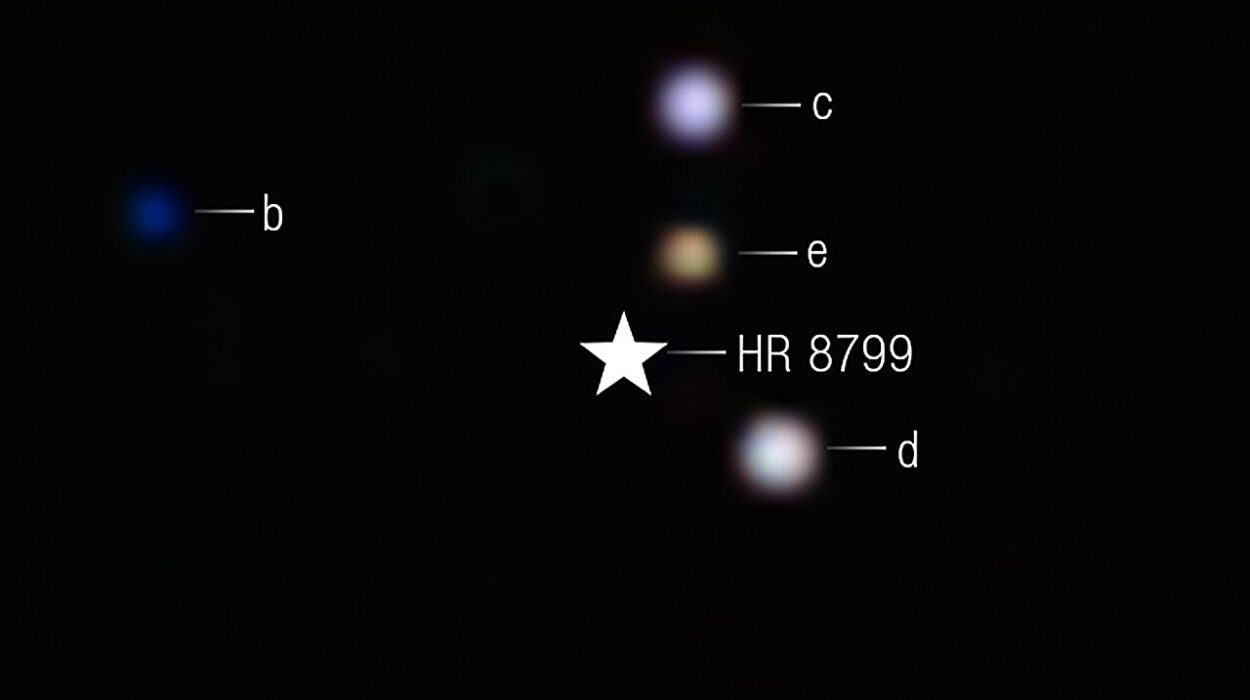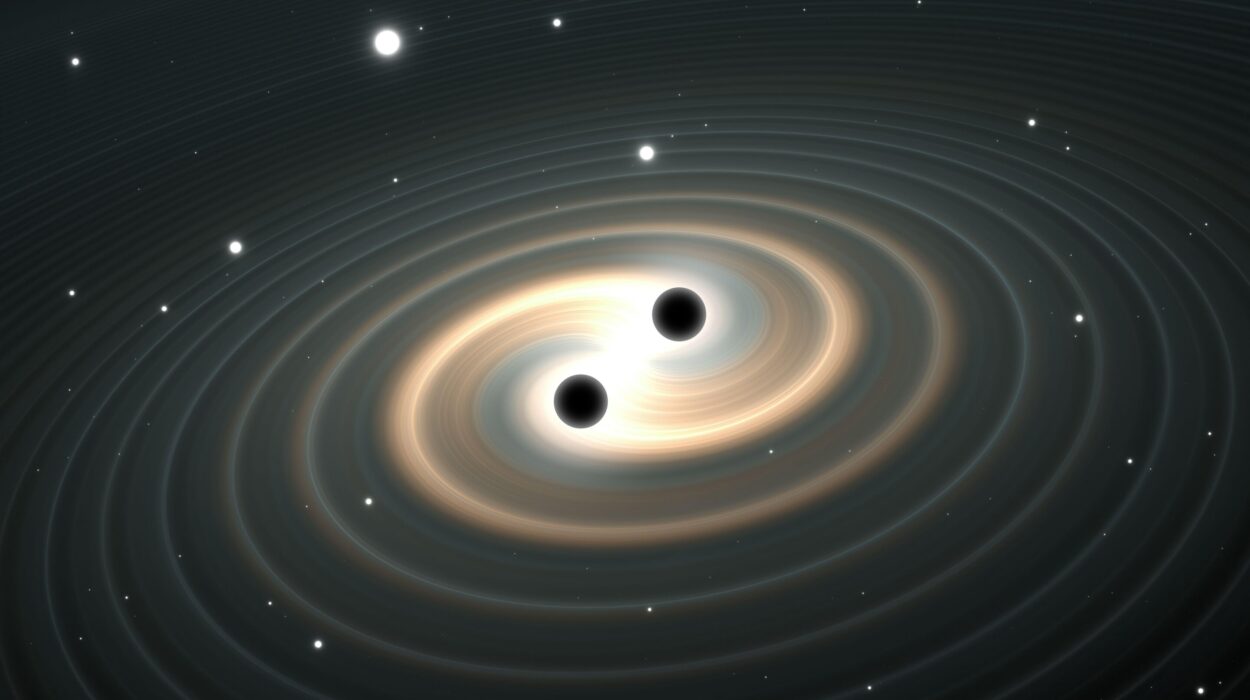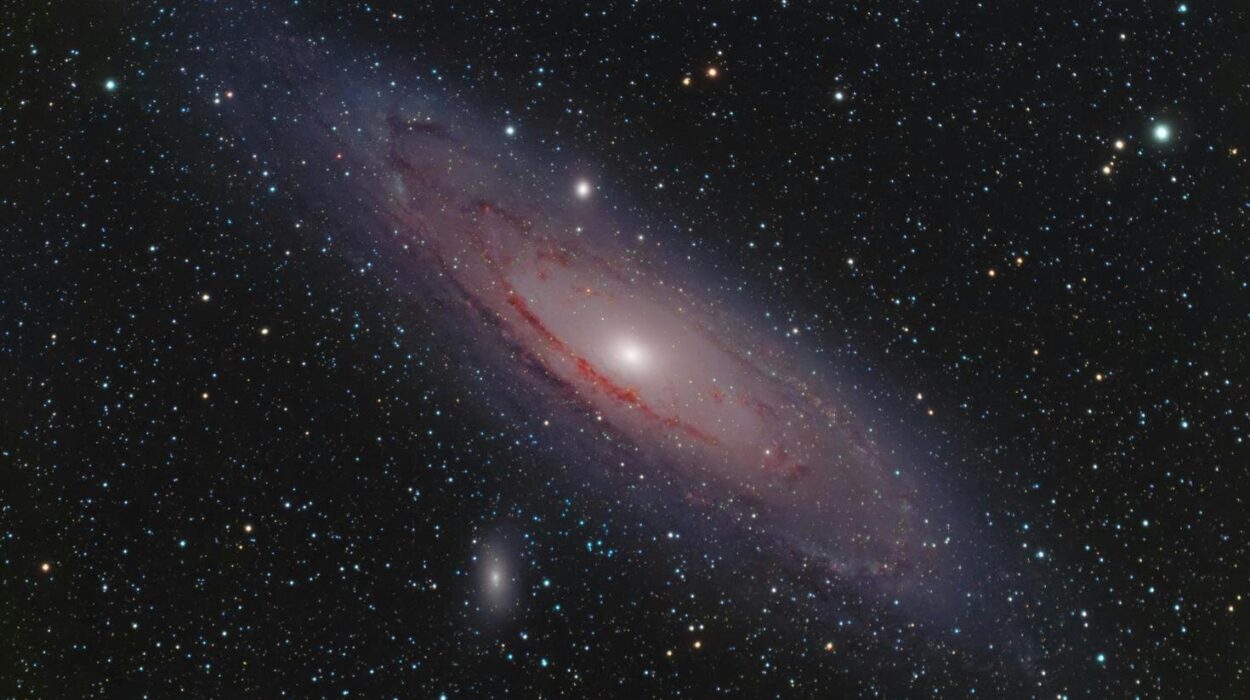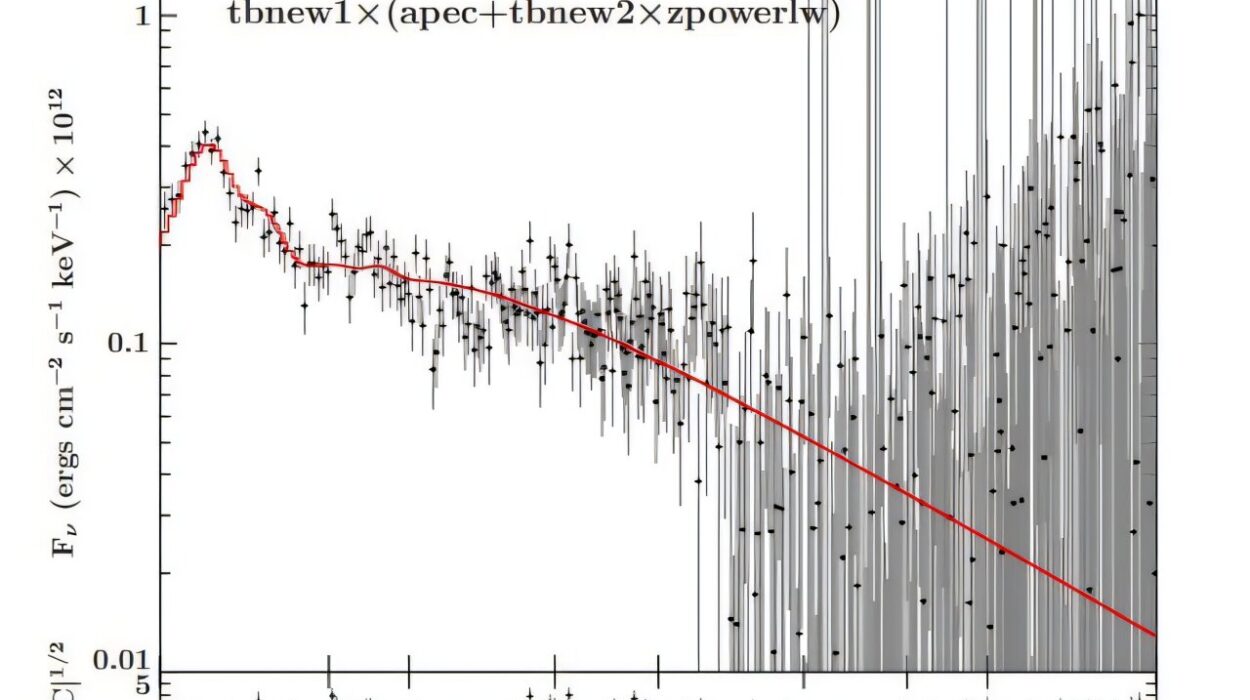In the silent, star-strewn depths of the Milky Way, a ghostly traveler has been unmasked. Invisible to the naked eye, undetectable by light, and shrouded in mystery, this cosmic phantom drifted through space for millennia—until a team of astronomers finally caught it in the act of bending the light of a distant star. What they found is nothing short of revolutionary: the first confirmed detection of a black hole wandering alone, untethered to any companion star.
This unprecedented discovery, spearheaded by researchers at the Space Telescope Science Institute in collaboration with colleagues from the University of St Andrews’ Center for Exoplanet Science and the European Southern Observatory, has added a brand-new chapter to our understanding of the universe’s most enigmatic objects. Published in The Astrophysical Journal, their research confirms the existence of a lone stellar-mass black hole — a cosmic creature long theorized, but until now, never observed with certainty.
A Long Pursuit Through the Dark
The story of this black hole’s discovery stretches back more than a decade. Between 2011 and 2017, NASA’s Hubble Space Telescope was monitoring an area in the direction of the Sagittarius constellation, a dense stellar region pointing toward the center of the Milky Way. In 2022, the team noticed something strange — a “dark object” passing in front of a background star. For a brief moment, the star’s light seemed to brighten and shift position. To those familiar with gravitational lensing, the cause was clear: an extremely massive object had bent and magnified the starlight as it passed between the star and Earth.
This effect, predicted by Einstein’s theory of general relativity, is one of the few tools astronomers have to indirectly detect invisible phenomena like black holes. The object’s gravitational field acted like a cosmic lens, distorting space and momentarily focusing the light of the distant star. But was it a black hole? Or something else entirely?
The astronomical community soon found itself in a debate. A separate research team, examining the same data, argued that the object was more likely a neutron star—the ultra-dense remnant of a collapsed supergiant. Unlike black holes, neutron stars can sometimes emit detectable radiation. But in this case, there was no light. No x-rays. No flickers or pulses. Just the quiet bending of space.
New Eyes on an Old Shadow
The mystery lingered for years. But the original team was not ready to give up. They turned once more to the Hubble Space Telescope, drawing on fresh data collected between 2021 and 2022, this time augmented by high-precision astrometric data from ESA’s Gaia space observatory. This dual perspective allowed them to analyze the motion of the background star in extraordinary detail.
Their conclusion: the object causing the lensing was far too massive to be a neutron star. The updated data suggested a mass approximately seven times that of the Sun. A neutron star maxes out at around 2.5 solar masses—anything more than that collapses into a black hole. The mystery object had crossed the event horizon of probability. There was no other explanation—it had to be a black hole.
Meanwhile, the rival team reevaluated their stance in 2023. Revisiting their models and incorporating the newer data, they too revised their assessment: their lower-mass estimate was within range, but the uncertainties were high. They now agreed with the original team—the object is a lone black hole.
Why This Matters: A Black Hole With No Partner
Until now, every black hole confirmed in our galaxy shared a relationship—usually with a companion star. These so-called X-ray binaries are discovered not by seeing the black hole itself (that’s impossible), but by watching the black hole’s effect on its luminous neighbor. When matter from the companion star spirals into the black hole, it emits a powerful burst of X-rays detectable by telescopes.
But what if a black hole travels alone? Without a companion to betray its presence, such a black hole would be invisible, cold, and silent. It wouldn’t glow. It wouldn’t pulse. It would be a wandering shadow, detectable only through its gravitational fingerprint.
This discovery marks the first time that a black hole has been confirmed without the help of a companion star, observed solely through the gravitational distortion it caused as it passed in front of a background light source. It proves what astronomers have long suspected: that the Milky Way is teeming with isolated black holes, remnants of massive stars that lived and died in solitude.
What Kind of Black Hole Is This?
The object in question is a stellar-mass black hole, the remains of a massive star that collapsed under its own gravity at the end of its life. These are among the most common black holes in the universe, but because they don’t emit light, finding them is a bit like finding a needle in an infinite haystack.
Estimates based on galactic population models suggest there could be tens of millions of such black holes in the Milky Way alone. Many may be traveling the galaxy, invisible, like this one. But until now, the existence of a truly solitary stellar-mass black hole had never been directly confirmed.
The black hole is located approximately 5,000 light-years away in the direction of Sagittarius, and based on its motion and mass, it is believed to be a typical remnant of a star that exploded in a supernova, likely many millions of years ago.
A New Era in Black Hole Hunting
The significance of this discovery extends far beyond the confirmation of a single cosmic object. It marks the dawn of a new era in astrophysics: the age of gravitational microlensing as a tool to map the hidden population of solitary black holes.
Gravitational microlensing, the method used to detect this black hole, is particularly powerful because it doesn’t rely on light emission. Instead, it looks for tiny, temporary distortions in starlight caused by the passage of massive invisible objects. This makes it uniquely suited to spotting lone black holes, rogue planets, or even dark matter candidates.
The research team believes this success is just the beginning. With the upcoming launch of NASA’s Nancy Grace Roman Space Telescope in 2027, a new instrument specifically designed to conduct wide-field infrared surveys with high precision, the prospects for detecting more of these shadowy wanderers are promising. Roman will be equipped to scan vast regions of the galaxy for microlensing events, enabling scientists to build the first-ever census of rogue black holes.
The Black Hole That Changed the Game
This first confirmed solitary black hole is more than a scientific milestone—it’s a symbol of human curiosity and tenacity. For years, it lurked in data sets, teasing astronomers with its gravitational footprints. It sparked debate, demanded better measurements, and ultimately unified rival researchers around a single, stunning truth: black holes don’t need companions to exist—they can roam the galaxy alone.
The implications of this finding ripple across disciplines. It offers insights into the deaths of massive stars, the formation of black holes, and the gravitational fabric of our galaxy. It also raises tantalizing questions: How many lone black holes are out there? Are they truly wandering, or do they trace forgotten stellar orbits? Could some even be hiding closer to Earth than we realize?
A Silent Drift Through the Cosmos
This black hole is not a monster swallowing everything in sight. It’s not even particularly dangerous, as it’s drifting quietly through a region of space sparsely populated with matter. But its discovery reminds us that the universe is full of invisible things—forces and objects that can shape stars, bend light, and subtly shift the patterns of the heavens.
Its existence is a cosmic whisper made audible by the ingenuity of human science. Thanks to the watchful eye of Hubble, the precision of Gaia, and the perseverance of a curious research team, a shadow that once slipped silently across the sky now tells a story of gravity, time, and stellar death.
And this is only the beginning.
In the coming years, new telescopes will peer deeper and with greater clarity into the gravitational undercurrents of the cosmos. More black holes will reveal themselves. New mysteries will rise. But one thing is certain: the invisible no longer escapes us.
In the silent dance of the stars, we are learning to hear the music of shadows.
Reference: Kailash C. Sahu et al, OGLE-2011-BLG-0462: An Isolated Stellar-mass Black Hole Confirmed Using New HST Astrometry and Updated Photometry, The Astrophysical Journal (2025). DOI: 10.3847/1538-4357/adbe6e
